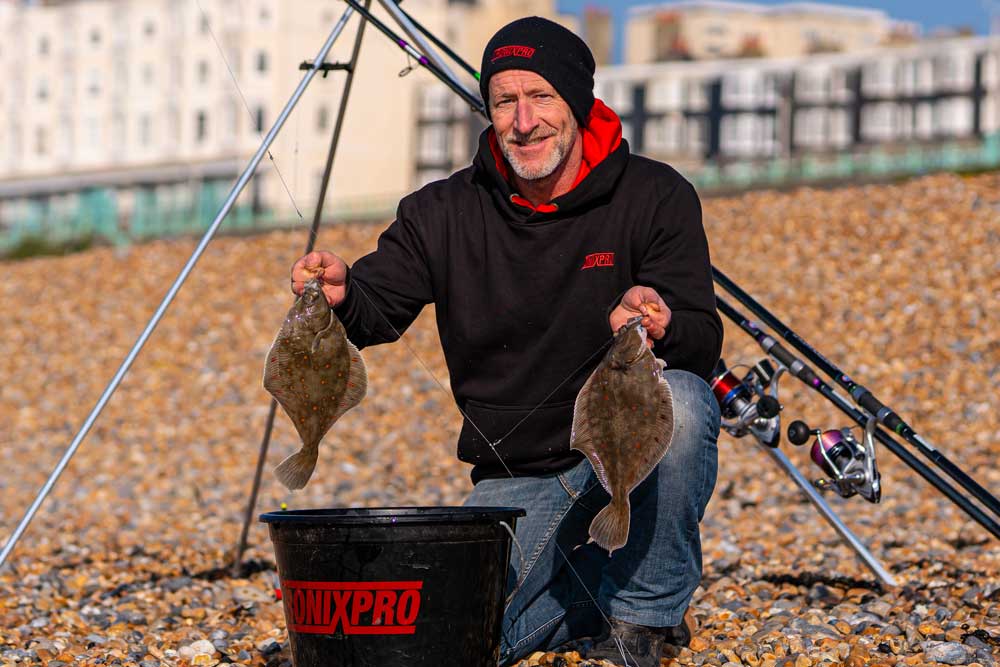A Guide To Plaice Fishing In The Spring

Introduction
Plaice fishing from the shore during the spring season is a popular and exciting sport for anglers of all levels. With their flat, oval-shaped bodies and distinctive orange and brown markings, plaice are a common species of flatfish found in the coastal waters of the UK. Their delicious white flesh makes them a popular target for both recreational and commercial fishing. In this guide, we will discuss the best rigs, baits, and techniques to help you catch more plaice from the shore during the spring season.
Seasonal Habitat
Plaice are usually found in shallow waters, particularly estuaries, harbors, and sand and gravel beaches. During spring, plaice migrates from the deeper waters towards the shore to spawn. They can be found in depths ranging from 1 meter to 50 meters, depending on the location and environmental conditions.
Rigs
There are various rigs that you may find effective for catching plaice. The most popular are the running ledger and paternoster rigs. The running ledger rig is a versatile rig that can be used for a variety of fishing conditions and species. It is simple to set up and consists of a leader line, a swivel, and a weight. This rig allows the bait to move along the seabed naturally, making it an ideal rig for fishing for plaice.
The paternoster rig is another popular rig for targeting plaice. It consists of a mainline with a loop at the bottom to attach the weight and several droppers with hooks attached to the line. This rig allows anglers to fish multiple hooks at different depths, increasing the chances of catching more plaice.
Bait
Plaice are known to be opportunistic feeders and will eat a variety of baits. However, during the spring season, they have a particular appetite for peeler crabs and lugworms. Peeler crabs are hard crab shells that have shed their exoskeleton and are soft, making them an ideal bait for plaice. They have a strong scent that can attract plaice from a distance and are best used on a single hook. Lugworms are another popular bait for plaice. They are commonly found on sandy beaches and have a distinct odor that can lure plaice towards them. When using lugworms as bait, multiple hooks can be used to increase the chances of catching more plaice.
Techniques
When fishing for plaice from the shore during the spring season, there are various techniques that can be employed to increase your chances of catching more fish. The “shifting tide” technique is a popular method and involves fishing when the tide is coming in or going out. During this time, plaice is known to be active and feeding. It is recommended to use a running ledger rig with a single hook, baited with peeler crab or lugworm, and cast your line out about 50 to 70 meters.
Another technique that can be used when fishing for plaice is the “jigging” technique. This method involves jigging the bait on the bottom using a paternoster rig. The jigging movement mimics the movement of small fish, which plaice often prey upon. It is important to use a sensitive rod when jigging, as plaice can be light biters. A slow retrieve with a pause every few seconds can help to entice a bite.
Additionally, when fishing for plaice, it is important to keep the bait moving slightly along the seabed. This technique imitates natural movement and can increase the chances of catching a bite. Be sure to keep the line taut and use a slow and gentle movement to avoid spooking the fish.
Conclusion
Fishing for plaice from the shore during the spring season can be a thrilling and rewarding experience for anglers of all levels. With the right rig, bait, and technique, anglers can increase their chances of catching a record-breaking plaice. When using the running ledger rig or paternoster rig with peeler crab or lugworm, keep moving the bait along the seabed at a slow and gentle pace. The best time to fish is during the shifting tide, when plaice is most active and feeding. By following these tips, anglers can enjoy a successful and exciting day catching plaice from the shore.
